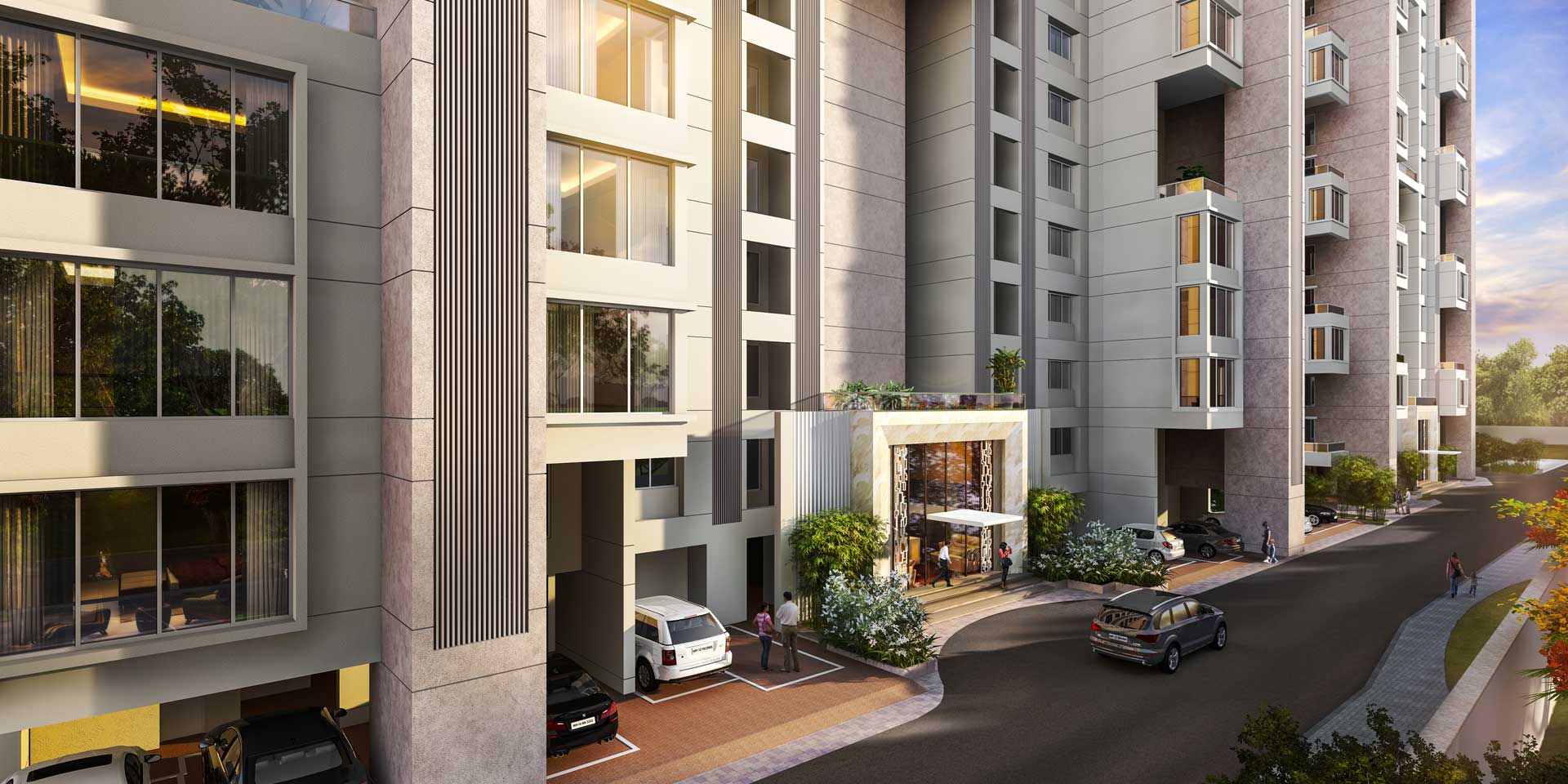
Director, Belmac
The Indian real estate sector is one of the fastest growing and second highest in employment generation. The real estate industry’s growth is linked to developments in hospitality, entertainment, economic services and information technology. Rapid growth in retail, hospitality, social and commercial infrastructure makes it lucrative investment area for the coming years. The advent of the IT sector along with the setting up of large manufacturing units by multinational companies has changed the dynamics of the real estate market in Pune. Apart from generating thousand of new jobs for the local residents, Pune has also been attracting a large pool of migrants into these sectors from across countries.
Property prices in India are an important real estate variable as it links demand and supply. It is also an indicator of the overall economic scenario of the real estate market. Price trends serve as an important tool for investment decisions for home buyers. Right time for purchase of property, price escalations, downfall in real estate market are some insights which help in making valuable investment decisions. According to reports, the real estate sector is currently on the rise, with the growth being provided by factors such as demographics, infrastructure, location, amenities, job growth and the state of the economy.
Investors should carry out an analysis of these drivers to get a fair valuation of the property that interests them before making a purchase decision. Careful investigation and homework can lead to better returns and more beneficial investments. Demand in real estate industry is inversely proportional to supply for a particular area and is driven by the changes in population. As the availability of real estate decreases, the valuation of property increases. Along with an increase in the number of people inhabiting a particular area, the popularity of a particular locality in terms of people wanting to be a part of the locality also increases its price.
Buildings and properties located in commercial areas hold higher value as compared to the ones in residential areas. Also, buildings which are constructed on freehold land tend to have a higher valuation than those on leasehold plots. In places where there is sufficient land available for residential purposes, the valuation of property shows a slower rise than in areas where land is comparatively in short supply. The development of malls, IT offices, SEZ’s, etc. near residential areas help in cutting down the time for commuting to workplaces and increase the price in the area. Projects which are located near agricultural areas or those dominated by manufacturing units attract a lower price than those situated near the IT hubs.
Infrastructural development is one of the most important factors which influence real estate prices and is a major consideration for home buyers. A location that has superior infrastructure is perceived to be of a higher value to a buyer. Accessible road, rail transport, airports, malls and bus terminals in the vicinity of the property are facilities which are known to accelerate the real estate prices. Connectivity is one of the most important aspects for investors looking towards purchasing a land or property. This leads to the concept which explains a rise in the valuation of property which is well connected to entertainment hubs, medical facilities, educational institutions, retail markets and business centers, along with other day to day facilities. Social infrastructure such as proximity to schools, hospitals and retail stores also tend to escalate property rates.
The cost of a property tends to become higher when developers undertake customization of space on the lines of an investor’s needs. For example, buyers may want verandahs connected with their apartments, modular kitchens, higher quality paint and flooring, or other user defined changes. This leads to arise in the eventual price charged to the buyer. The valuation of a property depends on the specifications of materials used, layout, design, durability and life cycle of the property. The quality and cost of materials during construction and other physical attributes such as roof covering, height of the building, waterproofing and dais level, also affect the price of a particular property.
The valuation of properties with modern amenities are expected to be costlier as compared to those which fail to provide proper electric connections, telephone lines, water sewerage facilities and other infrastructure. Now-a-days, people want to live in a locality where there is access to community centers, children parks, swimming pools, gymnasiums, parking lots or general stores. Valuation of property is based on the availability of necessities and facilities connected with comfortable housing.
Home loan rates have a remarkable effect on property prices. When interest rates for home loans are high, it reduces the demand for property since it makes borrowers reluctant to spend extra money over the high interest rate. Similarly, when loan interest rates are low, the demand for real estate increases.
Author of the article is Mr. Vidip Jatia, Director, Belmac











